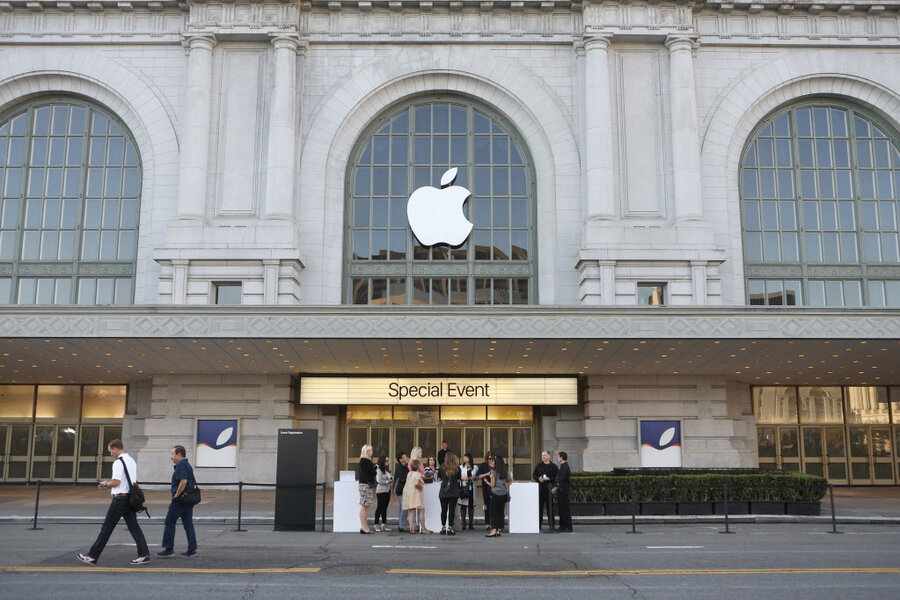Why Apple may have to shell out $862 million
Loading...
In creating processors for several popular devices, including the iPhone and iPad, Apple used a technology owned by a licensing arm of the University of Wisconsin-Madison without permission, potentially exposing the tech giant to up to $862 million in damages, a jury ruled on Tuesday.
The dispute marks another battle over who controls the technology that powers many smartphones, with the jury ruling in favor of the Wisconsin Alumni Research Foundation (WARF), which licenses products developed at the university’s flagship campus.
During Tuesday’s ruling, the jury found that the patent was valid and Apple was liable for violating the foundation’s patent rights. US District Judge William Conley, who is presiding over the case, said in a recent ruling that Apple could be liable for up to $862.4 million in damages.
WARF sued Apple in January 2014, arguing that the company had used a technology developed by Wisconsin researchers in 1998 in several of its popular products.
Apple had earlier attempted to convince the US Patent and Trademark Office to look into whether the patent was still valid, but the agency rejected that bid in April, allowing the suit to go forward.
The patent, which concerns technology that improves processor efficiency, was used in the company’s A7, A8 and A8X processors, which power the iPhone 5s, 6 and 6 Plus in addition to several iPad models, the foundation said.
“This work has been recognized as a major milestone in the field of computer microprocessor architecture/design,” lawyers for WARF wrote in their complaint. “Indeed, Dr. [Gurindar] Sohi, the leader of the lab that developed the ’752 patent, has been elected to the National Academy of Engineering based on his work in the field of computer architecture,” they added.
Last month, WARF filed a second suit alleging Apple of using the technology in its news A9 and A9x processors, which are used in the company’s newest iPhone models and the iPad Pro, which were unveiled in September.
But university patent offices like WARF that licenses inventions by researchers can be controversial. Some critics argue that such offices are so-called “patent trolls” – institutions that own rights to patents but don’t use them to develop products, instead using them to aggressively pursue monetary damages against companies that use the patented technology. Adding fuel to this charge, Pennsylvania State University held an auction in May 2014 to sell off several engineering patents to the highest bidder, thought it didn’t prove as profitable as expected.
Large research universities like Wisconsin often reject this characterization, but they have joined with other patent holders like pharmaceutical companies to argue against provisions in several Congressional bills aimed at reforming the patent licensing process.
Despite the ongoing debate over patent reform, the case against Apple appears to be moving forward unimpeded.
The jury will next decide on damages in the case, before focusing on whether Apple violated the patent willfully. This could lead to additional penalties for the Cupertino-based tech giant, which recently won a patent infringement case of its own against Samsung.
This report contains material from Reuters and the Associated Press.







